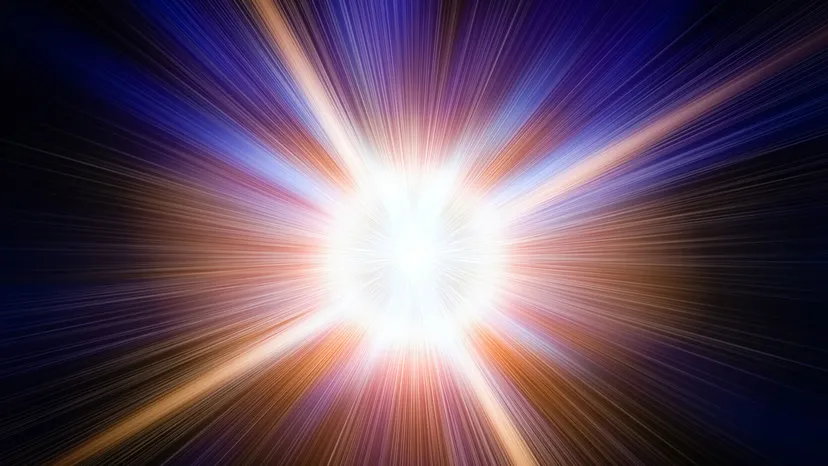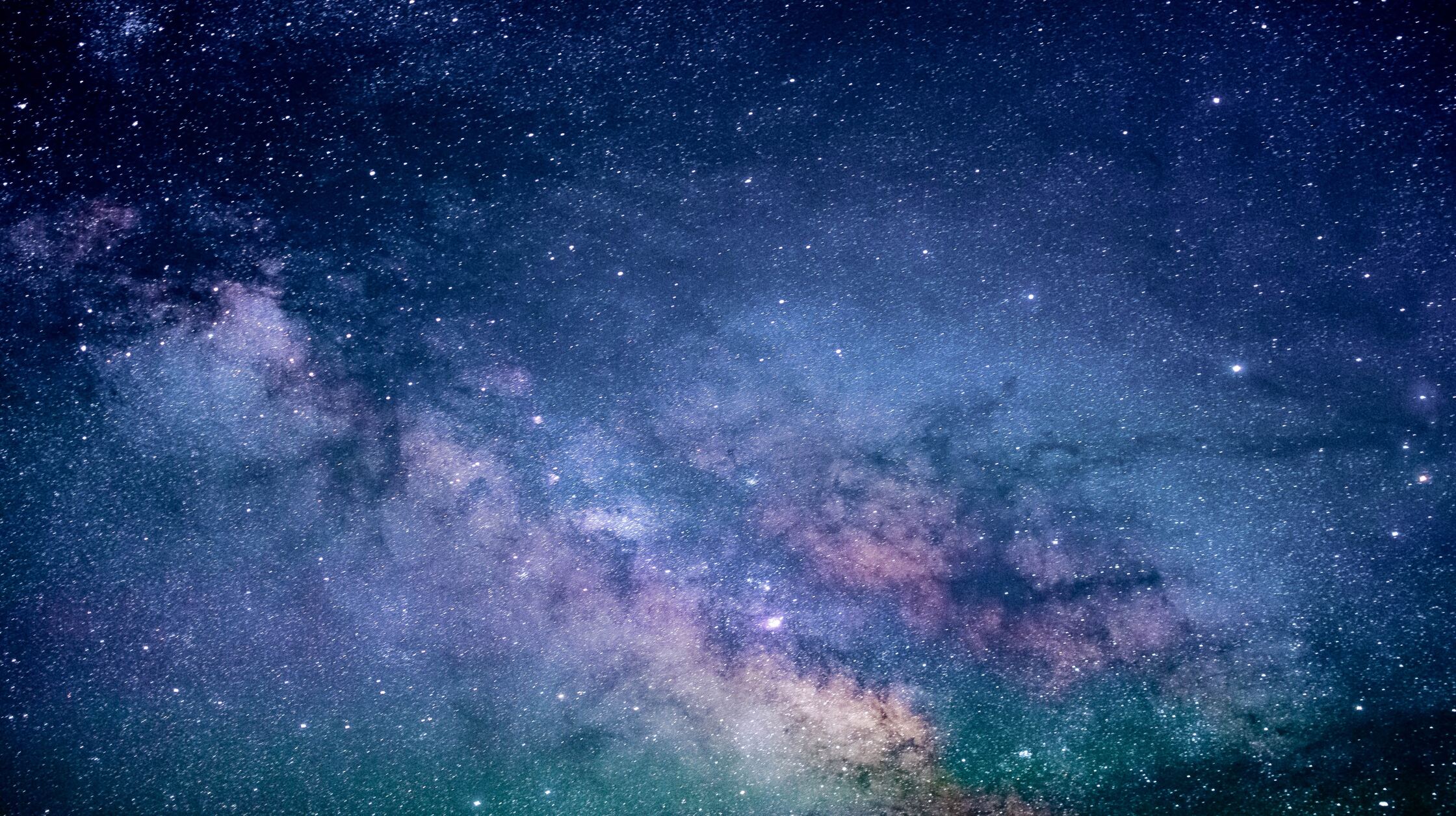The universe’s origins, long thought to be the result of a singular Big Bang, are now being reconsidered by cosmologists who suspect a second transformative event. This hypothesized ‘Dark Big Bang’ could potentially unravel the mystery of dark matter, which makes up about 27 percent of the universe yet remains elusive to our observational tools.

As reported by New Scientist, recent explorations into the universe’s infancy, mere millions of years post-Big Bang, have opened new avenues to explore this dark event. This theory might finally address the persistent conundrum that has puzzled astronomers for decades.
Dark matter, the theoretical substance that eludes interaction with light or electromagnetic fields, is integral to our understanding of the universe. Its existence is posited to explain the inexplicable motions of galaxy clusters, which defy the predictions of the Standard Model of physics. The traditional explanation relies on the presence of unseen matter, but direct observation continues to be a challenge.
Katherine Freese, a physics professor at the University of Texas at Austin, proposes an intriguing possibility: a separate event, a ‘Dark Big Bang,’ could have given birth to dark matter after the formation of the conventional matter we interact with. In a research paper, awaiting peer review, Freese and her team speculate that this event may have occurred when the universe was less than a month old.
This ‘Dark Big Bang’ could have generated various forms of dark matter, including massive particles termed ‘darkzillas’ — an allusion to Godzilla — each with a mass trillions of times that of a proton. Alternatively, if this event unfolded gradually, it might have produced lighter ‘dark cannibal’ particles that grow by absorbing each other upon collision.
These hypothetical particles bear resemblance to ‘weakly interacting massive particles’ (WIMPs), a long-standing candidate in the quest to explain dark matter. Freese’s approach to exploring this theory involves examining gravitational waves in the universe’s gravitational wave background, which could provide further clues about the ‘Dark Big Bang.’
Her pioneering work aligns with a broader shift in astronomical thought. Rather than a single monumental event birthing the universe, cosmologists now ponder whether multiple phase transitions gradually manifested everything from matter to dark matter.
Scientists are using signals from pulsars, highly magnetized neutron stars, to probe these gravitational waves. By tracing their origins, researchers hope to gain deeper insight into the early universe.
This endeavor could inch us closer to deciphering the enigma of dark matter, determining whether entities like ‘darkzillas’ or ‘dark cannibals’ contribute significantly to the fabric of our universe. As we delve deeper into these cosmic mysteries, we edge toward a more comprehensive understanding of the universe’s earliest moments and the elusive nature of dark matter.




